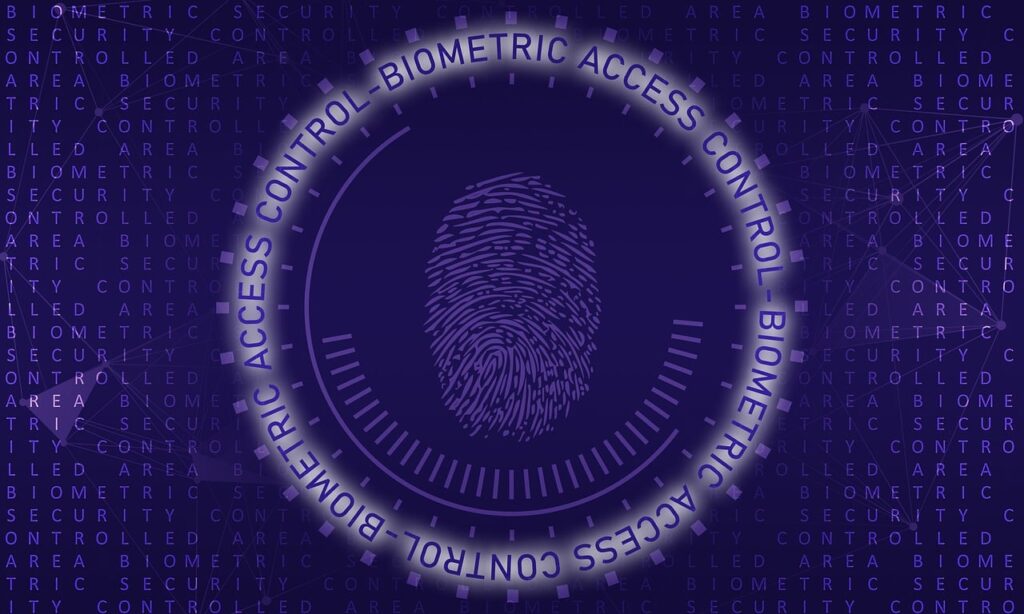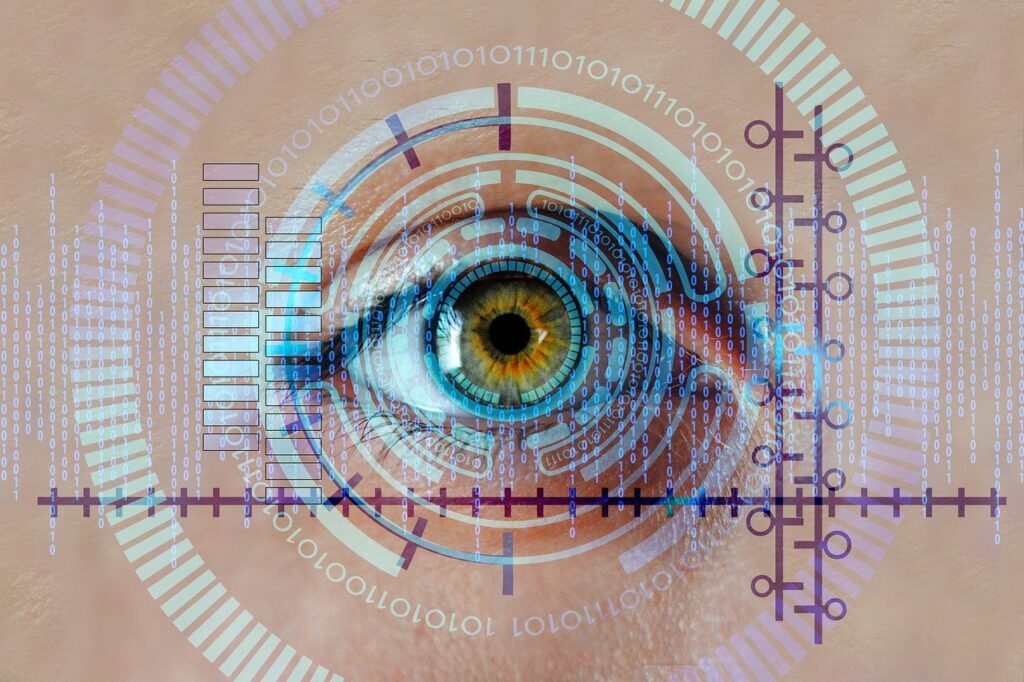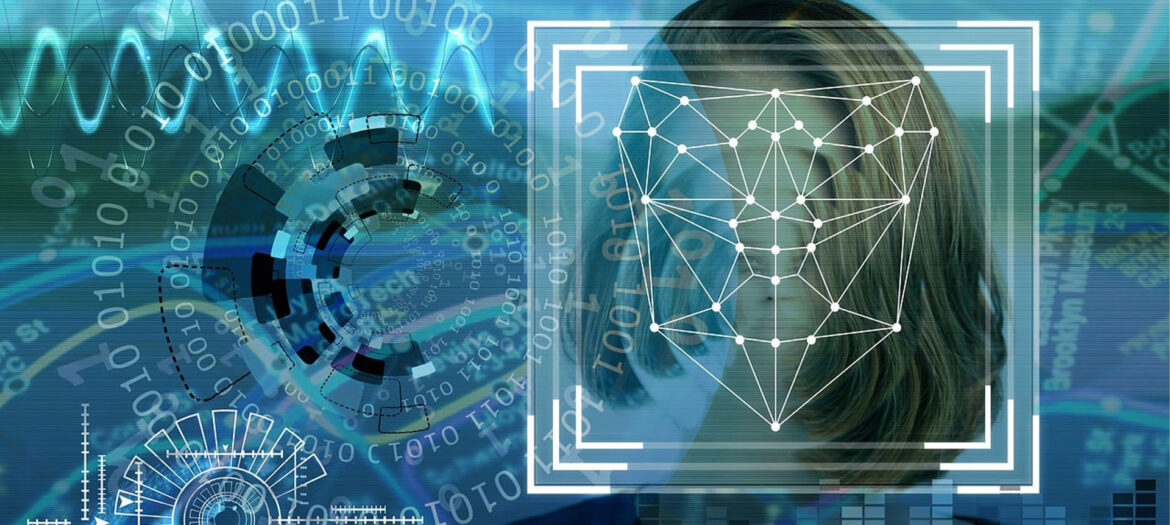In the rapidly evolving landscape of workplace security, the adoption of biometrics in workplace security is poised to redefine the way we access and safeguard our professional environments. Biometrics, an innovative blend of science and technology, offers a seamless and highly secure means of authentication, ensuring that only authorized personnel gain entry. In this article, we explore the multifaceted world of biometrics, its applications, and its undeniable potential to revolutionize workplace access.
The Essence of Biometrics
Unveiling the Biometric Spectrum
Biometrics encompasses a diverse spectrum of identification and verification methods, each relying on unique physiological or behavioral traits. These include fingerprint recognition, facial recognition, iris scanning, voice recognition, and even gait analysis. The fundamental principle behind biometrics is the capture and analysis of an individual’s distinct biological or behavioral characteristics, creating a digital signature that is virtually impossible to replicate.
The Unparalleled Precision of Fingerprint Recognition
Among the array of biometric modalities, fingerprint recognition stands out as a pioneer. Its prevalence in modern smartphones underscores its reliability and accuracy. By analyzing the intricate patterns of ridges and valleys on a person’s fingertip, fingerprint recognition offers an unmatched level of security, making it a cornerstone in workplace access control systems.
The Applications of Biometrics
Seamless Entry with Facial Recognition
Facial recognition, another facet of biometrics, is gaining widespread adoption due to its convenience and speed. The technology analyzes an individual’s unique facial features, such as the arrangement of eyes, nose, and mouth, to grant access. Whether it’s gaining entry to a high-security data center or simply unlocking your smartphone, facial recognition ensures a seamless and secure experience.

Iris Scanning: The Window to Identity
Iris scanning is a biometric marvel that relies on the distinctive patterns of the iris, the colored part of the eye. This method boasts an unparalleled level of accuracy, making it suitable for critical applications such as airport security and restricted access areas. Its non-intrusive nature and swift authentication process have positioned iris scanning as a powerful tool in the realm of workplace access.
Iris scanning is also being used in healthcare settings to improve patient identification and safety. For example, iris scanning can help to prevent patient misidentification, which can lead to serious medical errors. Iris scanning can also help to streamline the patient identification process, free up healthcare staff to spend more time providing care to patients, and reduce the spread of germs in healthcare settings.
Overall, iris scanning is a versatile and powerful biometric technology with the potential to revolutionize the way we identify and authenticate people in a wide range of settings, including healthcare, workplaces, and airports.

The Advantages of Biometrics in the Workplace
Unwavering Security
One of the primary advantages of biometrics in workplace access is its unparalleled security. Unlike traditional access methods like PINs or keycards, which can be lost or compromised, biometric data remains unique to each individual. This inherent security feature minimizes the risk of unauthorized access, protecting sensitive information and assets.
Stay ahead of the tech curve with the latest news, reviews, and insights. Follow us on Google News for updates!
Enhanced Convenience
Biometrics not only bolsters security but also enhances convenience. Employees are no longer required to commit intricate passwords to memory or carry access cards. With a simple scan of their fingerprint or face, they can effortlessly enter the workplace, streamlining daily operations.
Audit Trails and Accountability
Biometric systems provide detailed audit trails, offering insights into who accessed a particular area and when. This accountability is invaluable for security monitoring and compliance with regulatory standards.
Implementing Biometrics: Considerations and Best Practices
Integration with Existing Systems
When implementing biometric access control, it’s crucial to ensure seamless integration with existing security systems. This includes compatibility with surveillance cameras, alarms, and visitor management systems.
Privacy and Compliance
Respecting privacy concerns and adhering to legal regulations is paramount when deploying biometric solutions. Employers must inform employees about the collection and use of their biometric data and obtain necessary consent.
Regular Maintenance and Updates
To ensure the continued reliability of biometric systems, regular maintenance and software updates are essential. This proactive approach helps mitigate vulnerabilities and keeps the technology up to date.
Conclusion
In the ever-evolving landscape of workplace security, biometrics emerges as a powerful ally. Its ability to combine seamless convenience with unwavering security makes it a game-changer in access control systems. As organizations strive to protect their assets and data, the adoption of biometrics is not just a choice; it’s a necessity. Embracing this innovative technology is the key to a future where secure and convenient workplace access is the norm, and unauthorized breaches are a thing of the past.
Frequently Asked Questions (FAQ)
What is biometrics, and how does it work in workplace access control?
Biometrics is a technology that utilizes unique biological or behavioral characteristics to identify and verify individuals. In workplace access control, biometrics works by capturing and analyzing these distinct traits, such as fingerprints, facial features, or iris patterns, to grant or deny access to specific areas.
Why is biometric access control considered more secure than traditional methods?
Biometric access control is more secure than traditional methods like passwords or access cards because biometric data is unique to each individual and extremely difficult to replicate. This uniqueness minimizes the risk of unauthorized access, making it a robust security solution.
What are the advantages of using facial recognition for workplace access?
Facial recognition offers a convenient and swift means of access control. It analyzes an individual’s unique facial features, providing a seamless entry experience without the need for access cards or passwords. Its non-intrusive nature is well-suited for various workplace environments.
How does iris scanning enhance workplace security?
Iris scanning relies on the distinctive patterns of the iris, the colored part of the eye, for authentication. This method boasts an exceptional level of accuracy, making it suitable for high-security areas. It ensures that only authorized personnel gain access, enhancing workplace security significantly.
Are there any privacy concerns associated with biometric access control?
Yes, there can be privacy concerns with biometric access control. Employers must inform employees about the collection and use of their biometric data and obtain necessary consent to ensure compliance with privacy regulations.
What considerations should organizations keep in mind when implementing biometric access control?
Organizations should consider factors such as integration with existing security systems, privacy compliance, and regular maintenance and updates when implementing biometric access control. These factors contribute to the seamless and secure deployment of this technology.
How can biometric systems benefit workplace accountability?
Biometric systems provide detailed audit trails, offering insights into who accessed specific areas and when. This accountability is invaluable for security monitoring and compliance with regulatory standards.
Is biometric access control suitable for all types of workplaces?
Biometric access control can be tailored to suit various workplace environments. However, the choice of biometric technology and its implementation should align with the specific security needs and privacy considerations of the organization.
Image by Pixabay




One thought on “Biometrics in Workplace Security: Elevating Access Control”